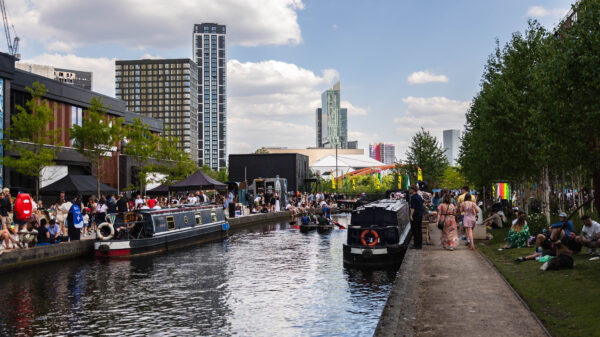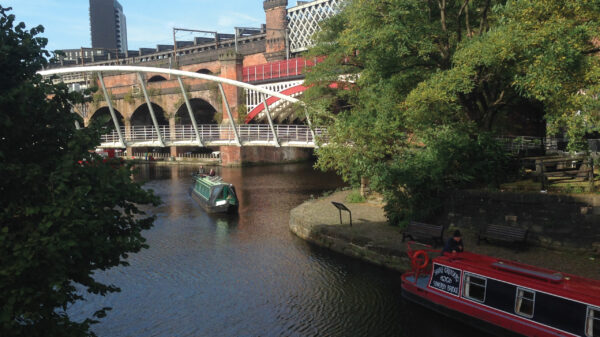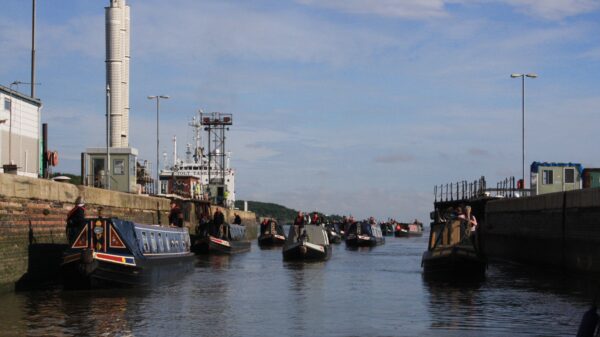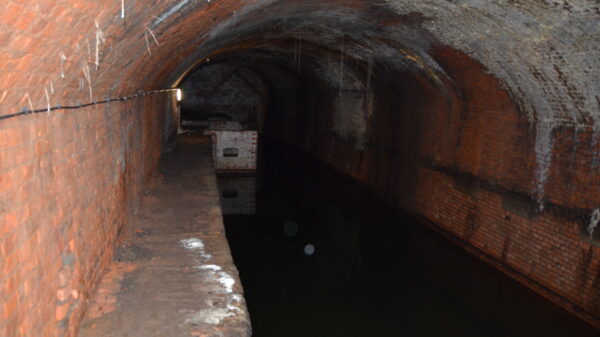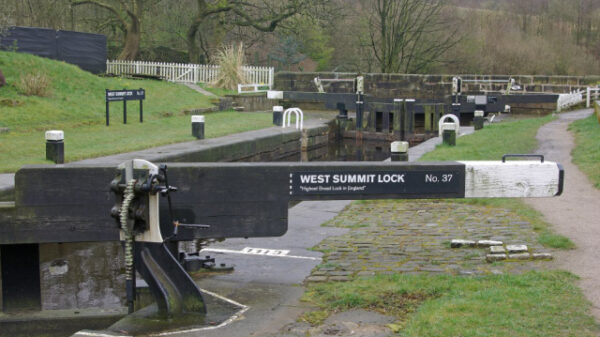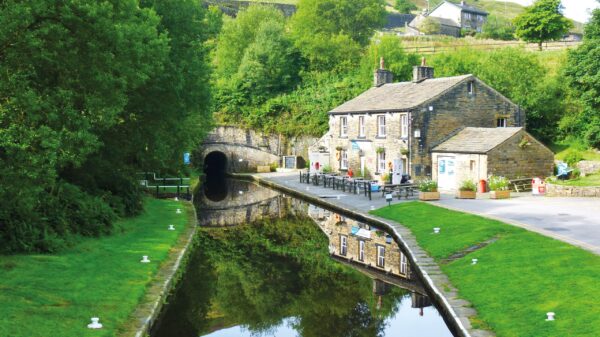About the Manchester Bolton and Bury Canal
The Canal was conceived to link Manchester with Bolton and Bury, and opened in 1797. In 1808 it was extended down five locks to the River Irwell. Built to carry coal, the canal was originally planned with narrow locks, but whilst being built the locks were altered to become broad. The Manchester Bolton and Bury Canal became a prosperous waterway, carrying coal from collieries at Clifton and Kearsley up to the mill towns of Bury and Bolton and down to Manchester and Salford. Large tonnages of coal were transported on the canal in the 1930s, when some of the principal mines closed, of particular impact, in 1928, the West Earth colliery on the private 1.5 mile Fletcher’s Canal, constructed in 1791 and which joined the Manchester Bolton and Bury Canal at Clifton.
With coal went subsidence, with which the Canal suffered, resulting in breaches, most notably in 1936 at Prestolee. Although traffic at the time had been good, the railway owners decided against repair. In 1941, the canal was closed above the Clifton aqueduct to Bolton, leaving the Bury line an isolated waterway, which still carried coal from the Ladyshore colliery until that closed in 1951 and other traffics until 1956. The canal was completely abandoned in 1961. Manchester Bolton and Bury Canal Society was formed in 1987 with the aims of preserving the remains of the canal and restoring it, with work parties commencing in 1989.
The Middlewood flight of locks, which connect the Manchester Bolton & Bury Canal to the upper River Irwell and thus to the rest of the connected navigable system were restored and reopened in 2008 as part of a £600 million large property development. The former silted up entrance has now been cleared and the locks can be used by following the protocol at https://mbbcs.org.uk/castlefield-to-middlewood-by-boat/.
[The photo the newly restored locks and surrounding development at a local community event – by Al Franco, Manchester Bolton & Bury Canal Society]


